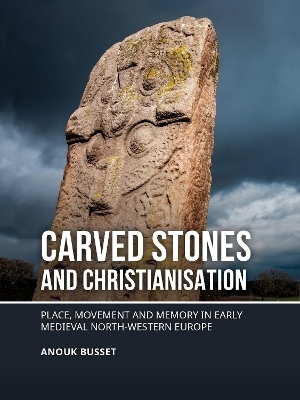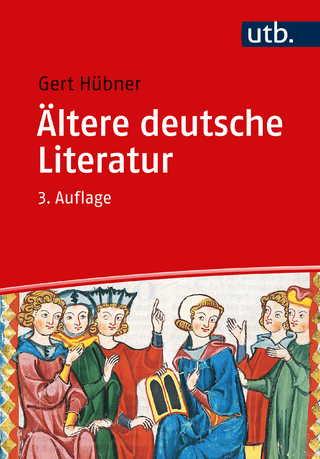
Carved stones and Christianisation
Sidestone Press (Verlag)
978-90-8890-980-1 (ISBN)
- Noch nicht erschienen (ca. November 2024)
- Versandkostenfrei innerhalb Deutschlands
- Auch auf Rechnung
- Verfügbarkeit in der Filiale vor Ort prüfen
- Artikel merken
The early medieval period witnessed one of the deepest and most significant transformations of European societies and cultures with the process of Christianisation. The emergence and establishment of Christianity created a new dimension of power in society with an appeal to supernatural forces combined with an access to a broader transnational authority. Carved stones did not merely reflect these changes, but enabled them within northern societies with traditions of sculpture and epigraphic representations. This book looks at three datasets of monuments from Ireland, Scotland and Sweden using an innovative comparative framework to offer new insights on these monuments and the societies that erected them.Analysed through the three major themes of place, movement, and memory, the case studies are presented from a holistic perspective comprising the monument, their landscape settings and historical and archaeological contexts (when available). The results of this research demonstrate that by means of comparisons across national boundaries, new interpretations emerge on the use and functions of early medieval carved stones. The thematic approach adopted emphasises similarities and contrasts in a more efficient manner than a geographical approach, freed from historiographical biases within scholarly traditions of ‘Celtic’ or ‘Scandinavian’ archaeologies. Furthermore, a multi-scale analysis places the monuments within their local contexts but also within a broader narrative of Christianisation.
Dr Anouk Busset studied Archaeology and Art History at the University of Lausanne (Switzerland) before moving to Glasgow to carry out her PhD thesis under the co-supervision of Prof Stephen Driscoll (Glasgow) and Prof Michel Fuchs (Lausanne). She is now conducting a postdoctoral research project on the transformation of sacred places in early medieval north-western Europe funded by the Swiss National Science Foundation. Her PhD thesis was the recipient of the Philip Butler Prize 2018 of the University of Lausanne.
Preface
Acknowledgments
Chapter 1: Early medieval carved stones: analytical and methodological concepts
1.1 Introduction
1.2 Methodological models
1.3 Analytical approaches
1.4 Comparative analyses
1.5 Place, movement and memory
1.6 Methodology
Chapter 2: Ireland, Scotland and Sweden in the early medieval period
2.1 The kingdoms of Cenél nEógain and Ulaid
2.2 The southern kingdom of the Picts
2.3 The Svea Kingdom
2.4 Early medieval carved stones in north-western Europe: a literature review
2.5 Carved stones and Christianisation: a comparative approach
Chapter 3: Carved stones and the making of places
3.1 Royal centres, assembly places and settlements
3.2 Ecclesiastical centres and early churches
3.3 Discussion: carved stones, spaces and places
Chapter 4: Carved stones creating movement
4.1 Connecting places
4.2 Royal paths, liturgical roads and pilgrimage
4.3 Boundaries and liminal places
4.4 Discussion: the multiple layers of movement in the landscape
Chapter 5: Carved stones, identity and commemoration
5.1 Makers of identities
5.2 Memory and commemoration
5.3 Discussion: ‘Christian’ identities and reinventing the landscape
Chapter 6: Early medieval carved stones through verticality and horizontality
6.1 Place, movement and memory
6.2 Discussion: comparing carved stones
6.3 Conclusion
Annexes
Catalogue
| Erscheinungsdatum | 28.04.2021 |
|---|---|
| Zusatzinfo | 85bw/315fc |
| Verlagsort | Leiden |
| Sprache | englisch |
| Maße | 210 x 280 mm |
| Themenwelt | Geisteswissenschaften ► Archäologie |
| Geschichte ► Allgemeine Geschichte ► Mittelalter | |
| ISBN-10 | 90-8890-980-6 / 9088909806 |
| ISBN-13 | 978-90-8890-980-1 / 9789088909801 |
| Zustand | Neuware |
| Haben Sie eine Frage zum Produkt? |
aus dem Bereich


